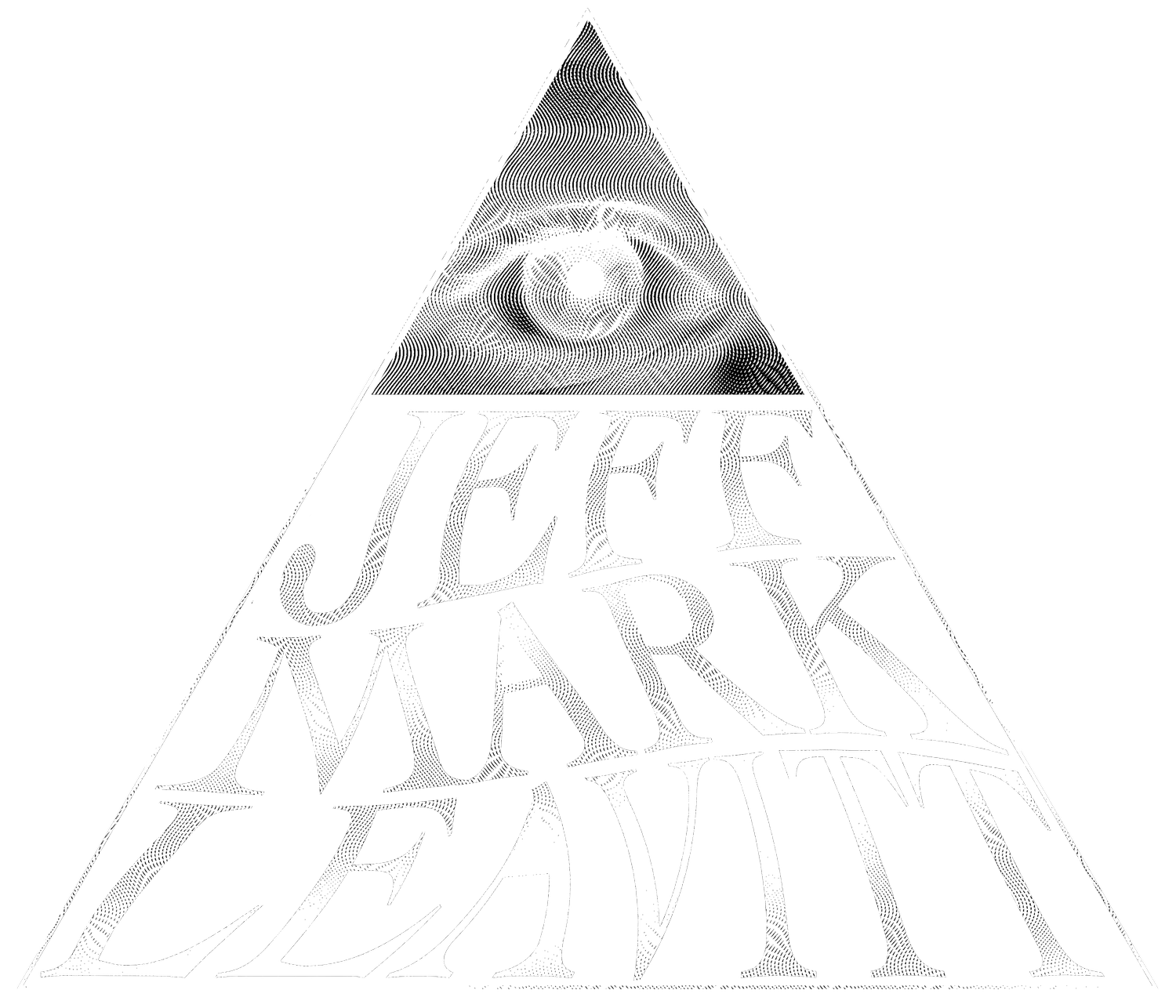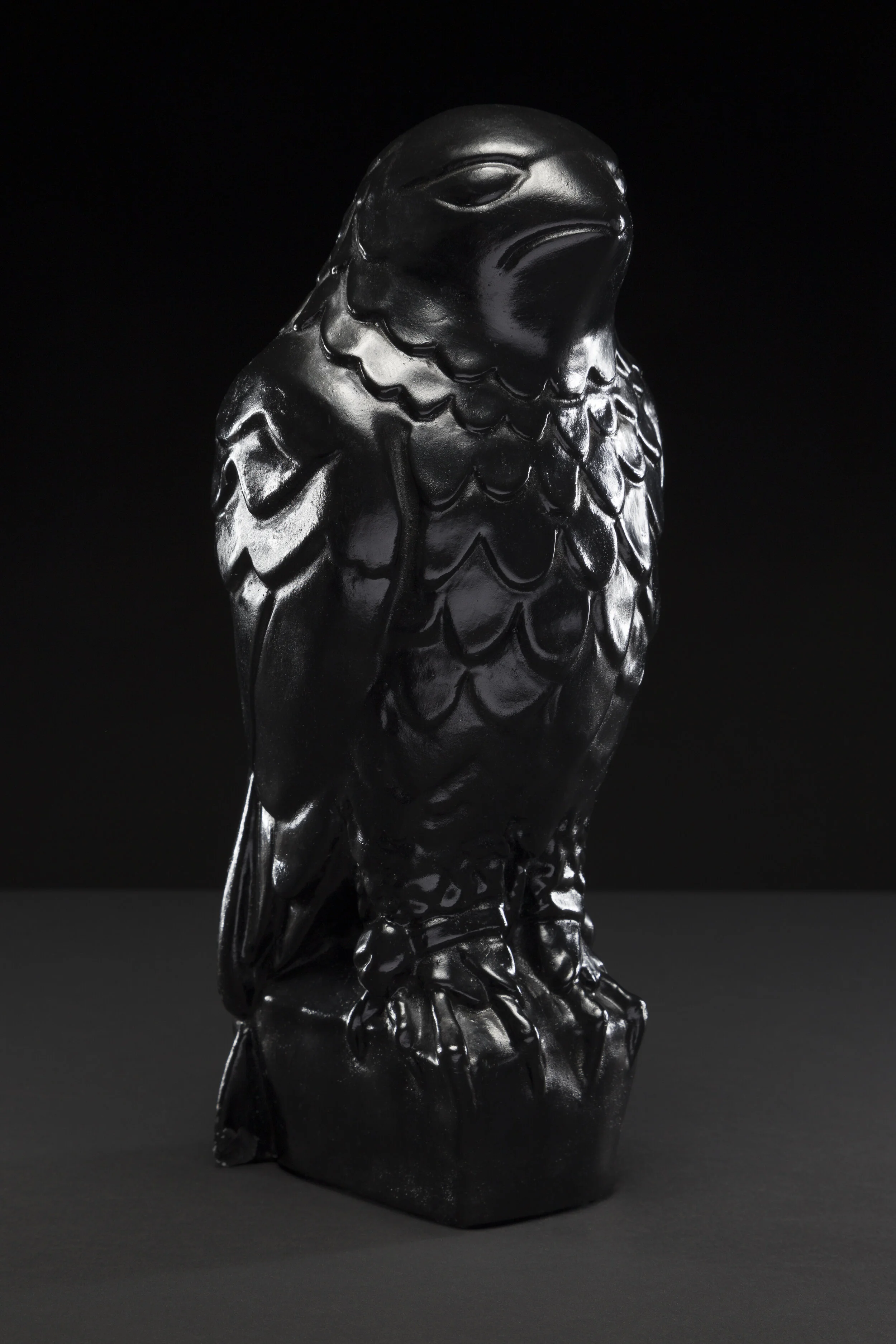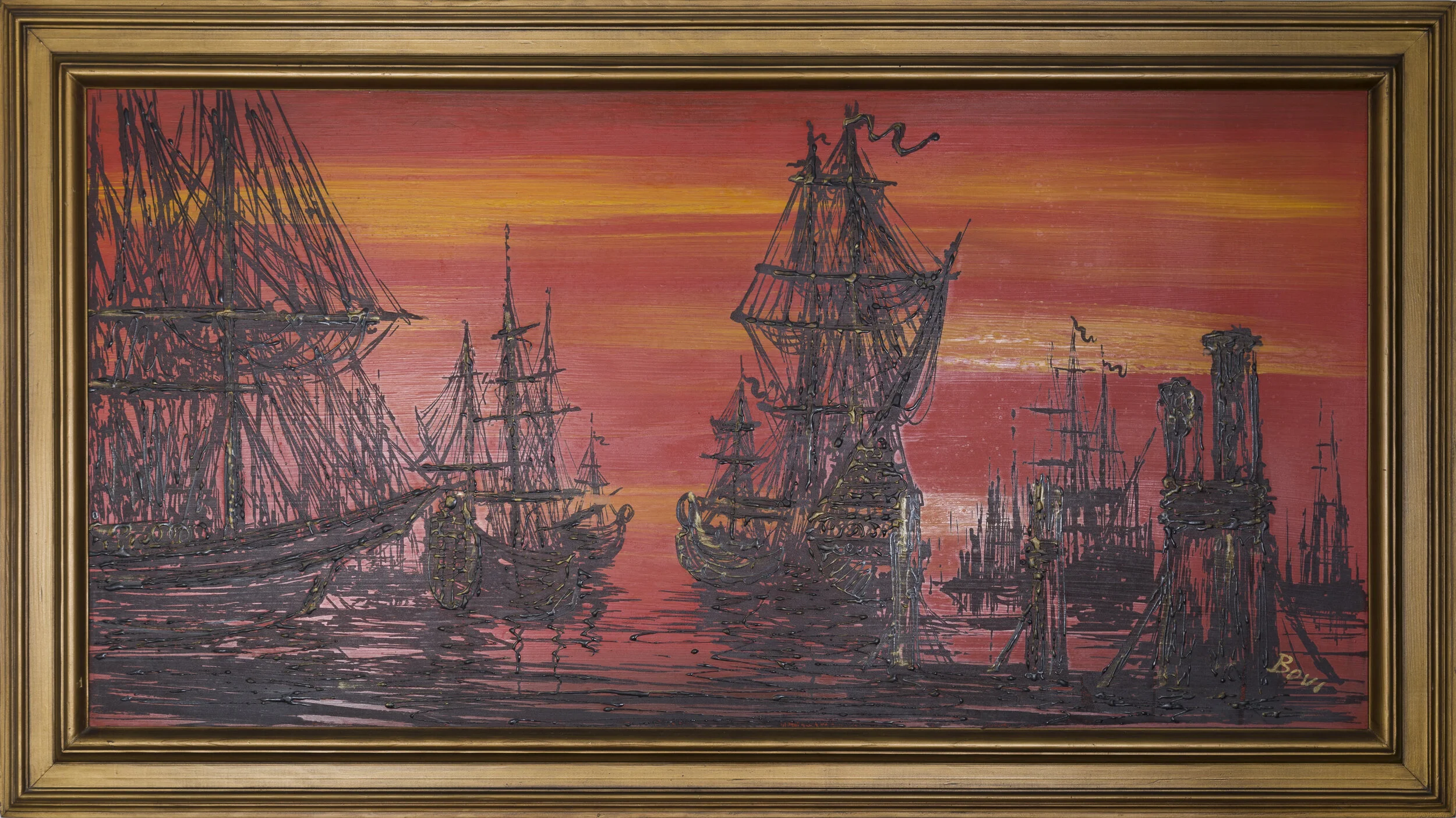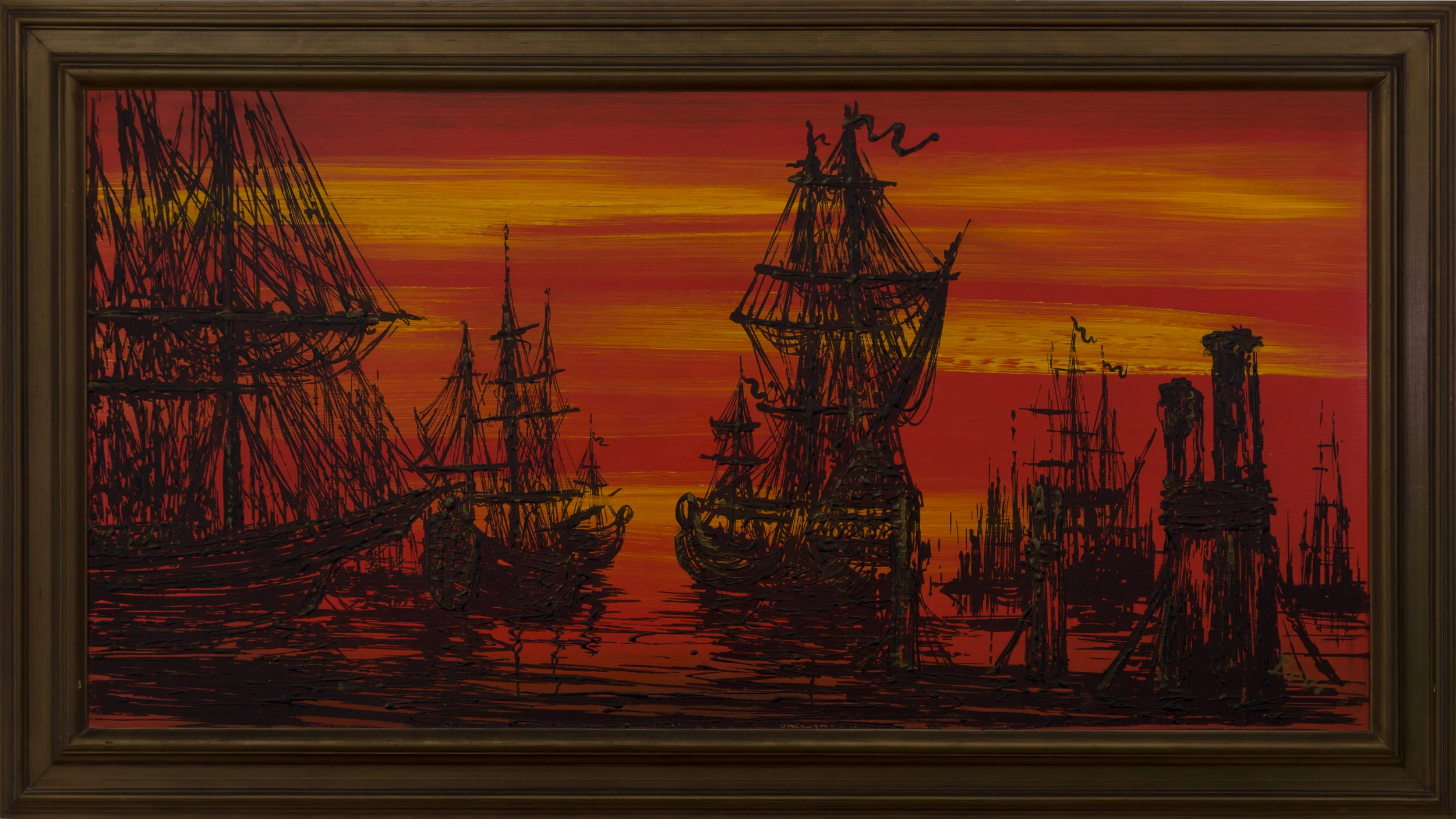Fine Art Copy & Documentation
Using finely-honed scanning, photography, and lighting techniques, I strive to document my subjects in a way that brings out their inner character and authenticity. With my client’s desires and happiness as my top priority, I approach every shoot with the respect the artwork demands and integrity the artist deserves. Every subject, regardless of surface quality or size, can come to life under the correct lighting conditions and careful composition, and I love traversing the unique challenges and rewards that each exploration of the artists’ imagination offers.
Christos Tejada
Alter to Venus, 2021
Steer Horns, Glass, Obsidian, Acrylic, Cement, Wood
Two lights on either side with umbrellas were used to illustrate the sheen of the steer horns. One is slightly off axis, allowing for shadow to appear on the right side, adding depth. The shutter was dragged to allow the flame to appear. The close up is focus-stacked and both are color corrected.
Tonga Hut
Drooling Bastard, circa 1990s
Porcelain
I placed two lights with umbrellas equidistant from the sides of the piece, but at a lower angle to create a darker background. A polarizer filter was used to reduce glare. I wanted this seemingly irreverent idol to look as if it stepped out of the pages of a Sotheby’s auction catalogue. Images is focus-stacked and color corrected.
Unknown Artist
Maltese Falcon replica, circa mid-late 20th century
Porcelain
I used three lights for this movie prop replica. Two umbrella-ed lights on the same plane as the piece and on both sides, while a third light is in a large soft-box directly overhead pointed down. A fill card is placed below to bounce light back up to the front of the piece.
Unknown artist
Navajo horsehair pottery, circa late 20th century
Ceramic
This was very simple, just a single large soft box directly overhead. Image is focus-stacked and color corrected.
Stephen Morath
Where The Wild West Went, circa 1990s
Print
Again, the standard two light approach was used. Color corrected.
Leo Politi
Bunker Hill, circa 1960s
Print
Mr. Politi was a dear family friend, and this print signed to us proudly hangs in my home. He was a master of capturing the city’s by-gone days. It’s an honor to photograph it!
Bovi
Port o Call, circa 1960s
Acrylic on board
This was tricky. The paint was too glossy to shoot without polarizers on both the camera lens and the lights, but when polarized, it absolutely ruined the gilding of the frame. So the above image is a composite of the two below, one polarized exposure for the painting, and one un-polarized for the frame. Color corrected.
Mark Leavitt
Untitled, circa 1990s
Airbrush on card stock
A perfect candidate for scanning on a flatbed scanner, this piece was only about 4” x 5”. The scan yielded much higher resolutions than a DSLR would.
Mark Leavitt
Untitled Seascape, circa 2000s
Pastel and metal point on vellum
This small piece on vellum did not look very good when photographed, but a scan resulted in wonderful detail and depth.
Unknown artist
Unknown title, circa late 19th century
Wood block print on paper
The standard two light approach was used for this, both at 45 degrees from the print to eliminate glare from the glass. Color corrected.
Mark Leavitt
Untitled, circa early 1980s
Slide film photograph of airbrush painting
This is a scan of a slide of an airbrush painting; copies within copies. Flatbed scanning of negatives and slides can create super high-res images that are very suitable for print reproduction.
Unknown artist
Bombay Beach, circa early 2000s
Photograph, Silver Gelatin Print
Tried and true two light set up once again. Polarizer used on lens to reduce glare.
Unknown artist
Flamingos, circa 1960s
Acrylic “paint-by-numbers” on board
Two lights with umbrellas on either side at 45 degrees from the piece. A polarizer was used on the lens to reduce glare, but not so much as to kill all of the the glare on the frame, which adds depth. Color corrected.





























